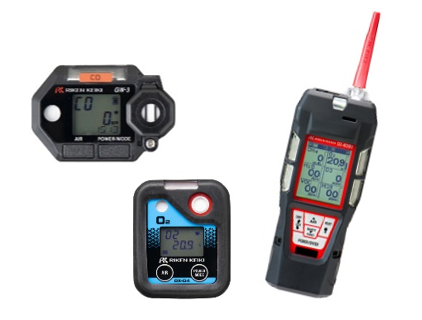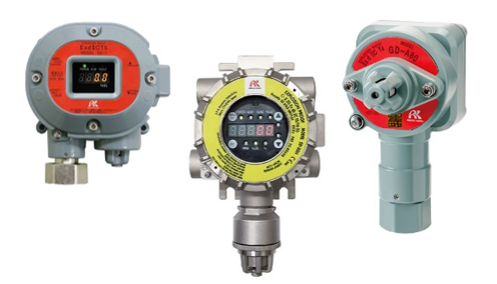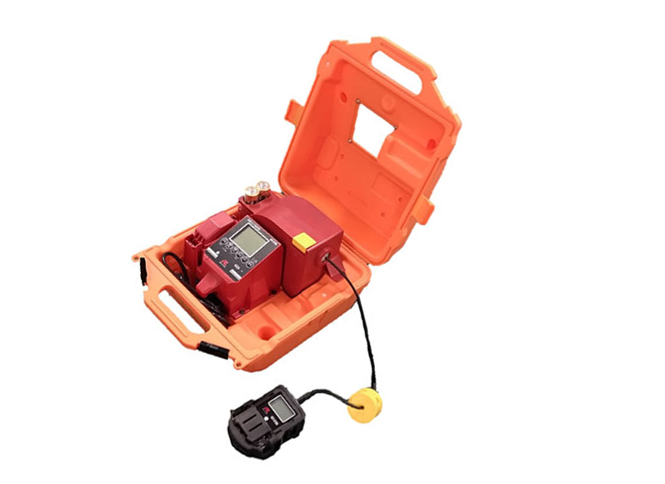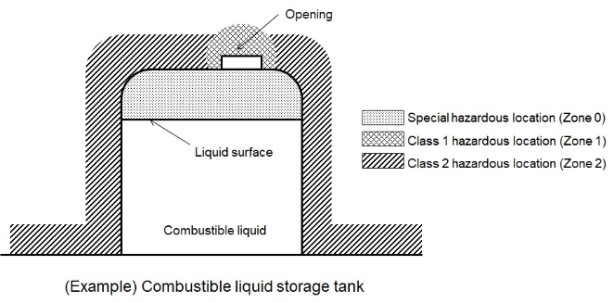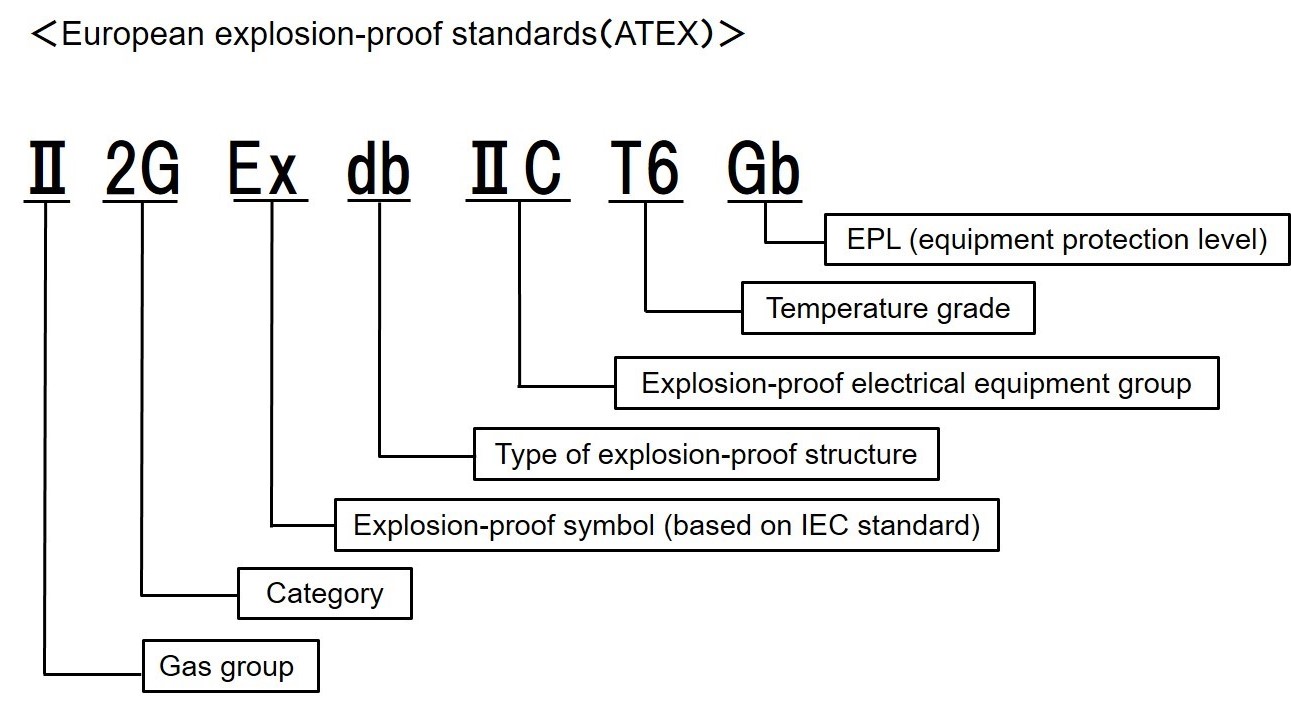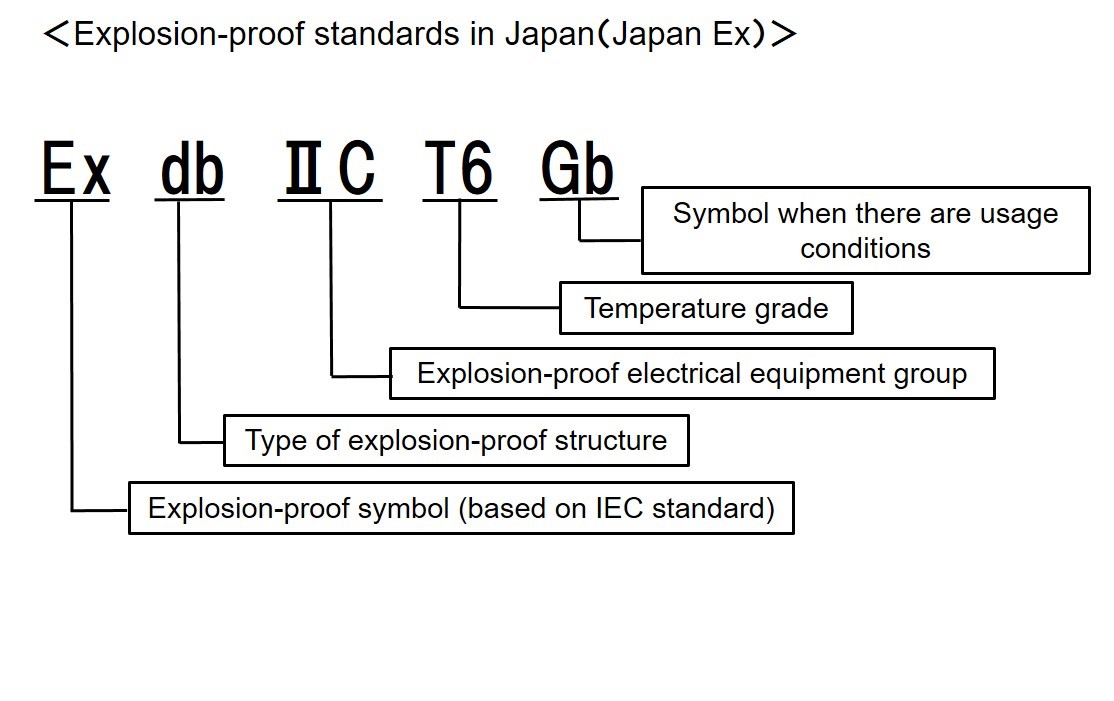Technical materials
Gas detectors incorporate various sensors based on the target gas type and concentrations, and discussed here are the main sensor principles adopted by Riken Keiki gas detectors. It also provides technical information explaining the explosion-proof construction required of combustible gas detectors.
